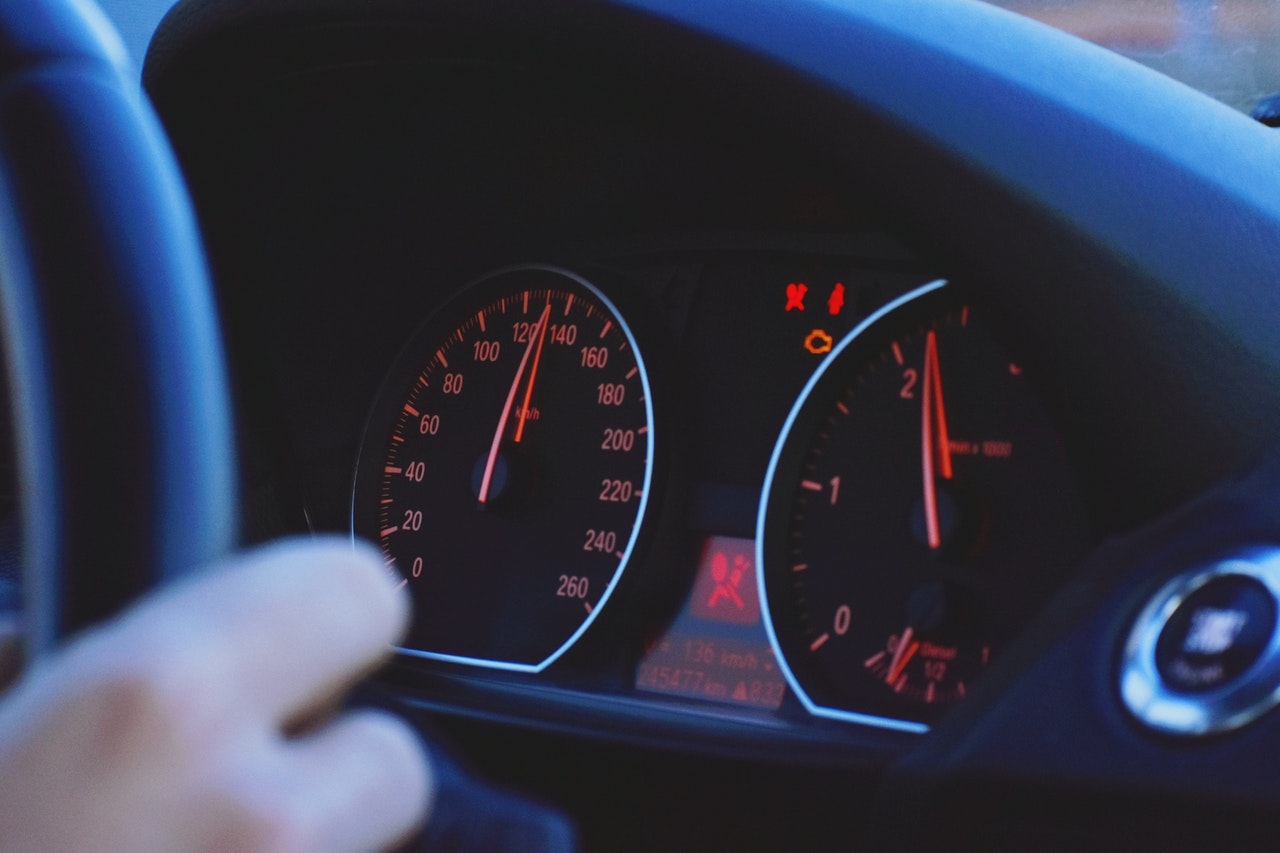
Your car needs regular servicing. No matter its year, model, or make, it is imperative that vehicle owners invest time and money in car maintenance solutions to ensure their safety and efficiency on the road. With the introduction of technological innovations in the automotive industry, the majority of cars are not outfitted with sensors and lights that warn car owners of existing or impending problems pertaining to various parts of a vehicle.
One of the most common issues that vehicle owners encounter is low oil pressure. It is crucial that vehicle owners learn about its causes that will make it easier to determine when to seek the expertise of an auto mechanic for repairs and servicing.
Understanding your Vehicle’s Oil System
Your vehicle engine consists of several moving parts that rub against each at high speeds. To eliminate friction, a thin film of pressurised oils helps in lubricating these moving parts. The pressure is produced by an oil pump that runs a car’s engine. Additionally, car oil helps in cooling off the engine and protecting its metal components. The pressure threshold varies depending on whether your car is stagnant or in motion. In the case that the minimum pressure is not reached, the oil pressure sensor will automatically light up and appear as a warning signal on the dashboard.
Main Causes of Low Oil Pressure
There are several causes of low oil pressure in cars. This may include the following:
- Faulty Sensor
It is highly recommended by Sydney car mechanics to check the low oil pressure sensor before you make a final diagnosis on your car. If the sensor is working improperly, it can lead to incorrect pressure reading leading to the warning light turned on even when there are no issues with your car.
- Malfunctioning Oil Pump
The primary function of an oil pump is to produce pressure and ensure that the oil moves throughout the system whenever needed. It efficiently transports oil in the pan and leads it into the cylinder head and engine block parts of the vehicle. If your vehicle suffers from a malfunctioning pump due to natural wear and tear or other reasons, it allows the formation of bubbles in the oil which in turn greatly reduces pressure.
- Improper Engine Grade Oil
To ensure that your engine will drive efficiently, make sure to purchase oil that is recommended by your car manufacturer. Oil types differ in density and viscosity; hence it is crucial to purchase oil that will work best for your specific engine type. Bear in mind that engine oil wears off over time leading to reduced lubrication in your engine. Once the oil in your engine turns black, it’s high time that you replace the oil altogether.
- Poor Oil Filter
The primary function of an oil filter is to remove dust particles, metals, and other foreign debris in the engine oil. The engine can get clogged with debris over time even with an oil filter in place. Once the filter is filled with trapped debris, it limits the ability of the oil to flow freely resulting in an inefficient car engine.
- Low Engine Oil
The top cause of low engine oil pressure is obviously low engine oil levels. While many vehicle owners simply forget to change their engine oil, there are still many vehicle owners who are unaware of the importance of frequent oil changes and instead focus on servicing other car components.
- Leak in Supply Lines
This is yet another reason why the low oil light is turned on. Oil can bleed through the tiny holes in the engine. If you see low engine oil pressure, we highly recommend seeking the help of a mechanic to check your car’s engine. Leaks should be sealed immediately to ensure safety and efficiency when driving your car.
- Wrong Oil Viscosity
By rule, oil with a lower viscosity results in less resistance to flow while engine oil with a higher viscosity will lead to greater viscosity that can lead to engine problems over time.
- Damaged Oil Pump
A drop in engine performance may be caused by a damaged oil pump. The oil plump plays a critical role as it is designed to facilitate the movement of engine oil throughout your car’s entire system. When a car’s oil pump fails, the oil pressure will drop eventually. Damage can be due to wrong installation and infrequent oil maintenance, to name a few.
No matter the cause, it is important that you take a proactive approach once you suspect low oil change. Once you identify the faulty components or the specific cause, it’s best to schedule an appointment with a reputable automotive mechanic in Sydney. If you live in Sydney, you can always trust in HP Automotive for your low engine oil issues and other car servicing needs. With years of expertise in the automotive industry, you can rest assured that your car will be in good hands. For more information or schedule an appointment, call our direct line on 02 9979 8372 today.
